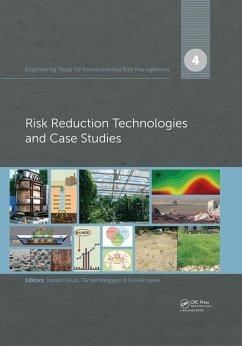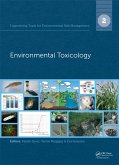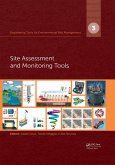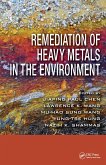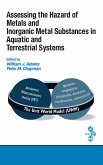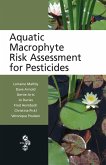A special chapter is devoted to natural attenuation, where natural changes can help achieve clean-up objectives. Natural attenuation and biological and ecological remediation establish a serial range of technologies from monitoring only to fully controlled interventions, using ' just' the natural ecosystem or sophisticated artificial living systems. Passive artificial ecosystems and biodegradation-based remediation - in addition to natural attenuation - demonstrate the use of these 'green' technologies and how engineering intervention should be kept at a minimum to limit damage to the environment and create a harmonious ecosystem.
Remediation of sites contaminated with organic substances is analyzed in detail including biological and physicochemical methods.
Comprehensive management of pollution by inorganic contaminants from the mining industry, leaching and bioleaching and acid mine drainage is studied in general and specifically in the case of an abandoned mine in Hungary where the innovative technology of combined chemical and phytostabilization has been applied.
The series of technologies is completed by electrochemical remediation and nanotechnologies.
Monitoring, verification and sustainability analysis of remediation provide a comprehensive overview of the management aspect of environmental risk reduction by remediation.
This book series focuses on the state of knowledge about the environment and its conscious and structured application in environmental engineering, management and decision making.
Dieser Download kann aus rechtlichen Gründen nur mit Rechnungsadresse in A, B, BG, CY, CZ, D, DK, EW, E, FIN, F, GR, HR, H, IRL, I, LT, L, LR, M, NL, PL, P, R, S, SLO, SK ausgeliefert werden.

